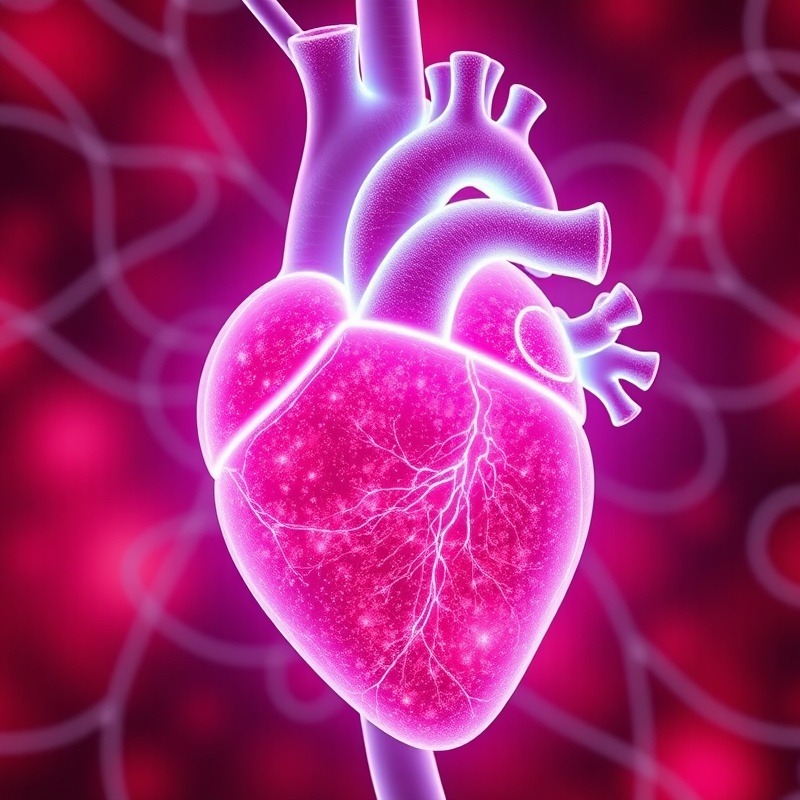
Innovative Stem Cell Treatment Boosts Heart Recovery
In a groundbreaking study by researchers from the University of Alabama at Birmingham, a cutting-edge cell-based therapy has shown remarkable success in improving heart attack recovery. By utilizing a pig model, which closely parallels human heart physiology, the research offers exciting prospects for heart recovery treatments in humans. This exploration centered on the incorporation of heart muscle cell spheroids derived from human-induced pluripotent stem cells (hiPSCs), modified to enhance performance.
The Science Behind the Therapy
The treatment uses hiPSCs engineered to overexpress cyclin D2 and have human leukocyte antigen classes I and II knocked out, known as KO/OEhiPSCs. These were transformed into cardiomyocyte spheroids and implanted into ischemia/reperfusion-injured pig hearts, with results indicating substantially improved cardiac function and notably smaller infarct sizes after four weeks. "The significant reduction in infarct size highlights the efficacy of our approach," notes Dr. Jianyi Zhang, one of the study's lead researchers.
Proliferation of Heart Muscle Cells
Unexpectedly, the study revealed a proliferation of the pig’s natural heart muscle cells. Contradicting historical beliefs that mammalian heart muscle cells lose the ability to divide after birth, this discovery suggests that hearts may repair themselves better than previously understood. Despite the spheroids not persisting long-term, the research uncovered increased growth of endogenous pig cardiomyocytes, signifying that the true potential lay not in new cells, but stimulating the heart's inherent capacity to regenerate.
Historical Context and Background
The quest to mitigate heart damage post-heart attack has led to numerous attempts at injecting new cells to replace damaged tissues. Historically, these attempts faced challenges due to the difficulty of engrafting new cells in the heart. However, this landmark study could reshape our understanding, showing that stimulating natural cell growth might be a pivotal strategy, rather than relying solely on new cell transplantations.
Relevance to Current Events
These findings are pertinent against the backdrop of ongoing global efforts to enhance cardiovascular treatments. As heart disease remains a leading cause of death worldwide, this research pushes the boundary of what might be possible in cell-based therapies, offering practitioners and their patients renewed hope for advanced treatment solutions.
Future Predictions and Trends
Looking ahead, we can anticipate further refinement of cell-based therapies. This study sets the stage for future research into leveraging the heart's preexisting regenerative capabilities, opening the door for novel treatments that stimulate natural recovery processes. As these technologies develop, they could revolutionize cardiac care, enabling more personalized and effective recovery solutions for heart attack patients.
 Add Row
Add Row  Add
Add 






Write A Comment